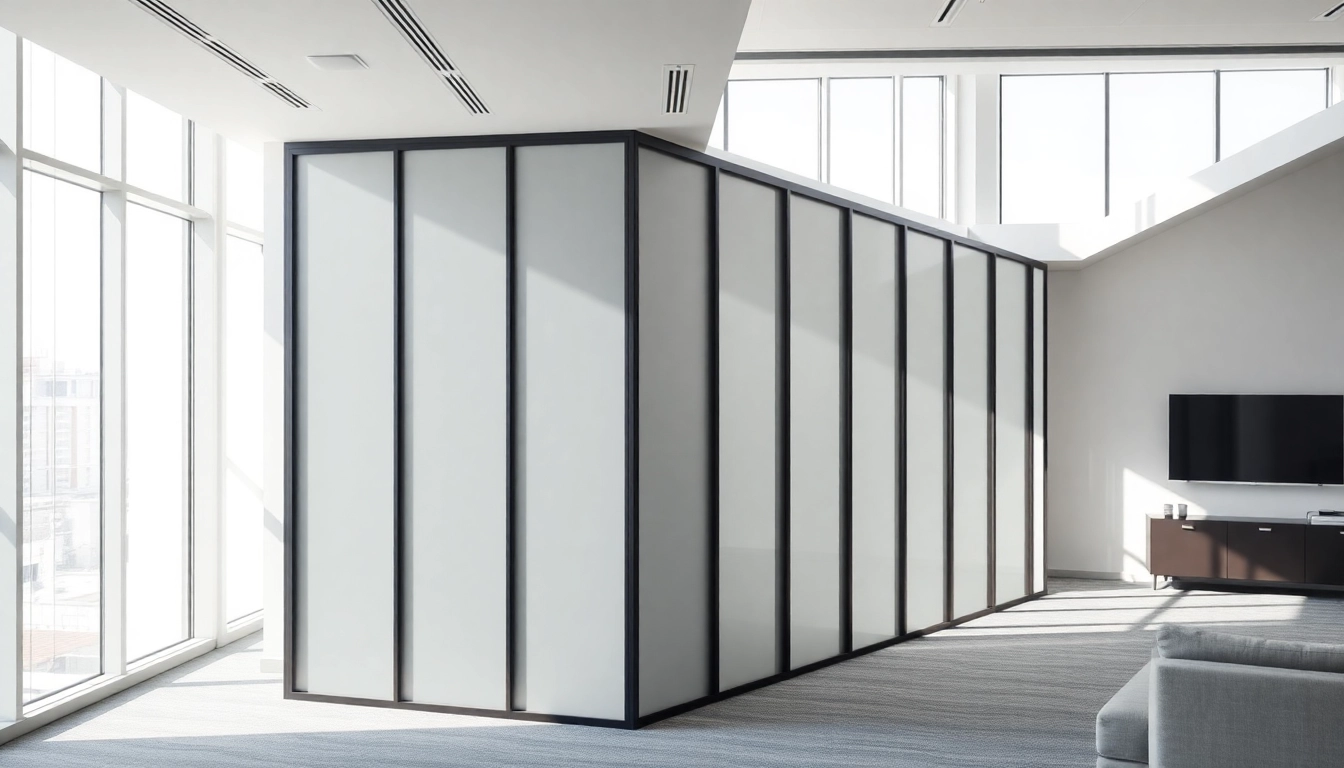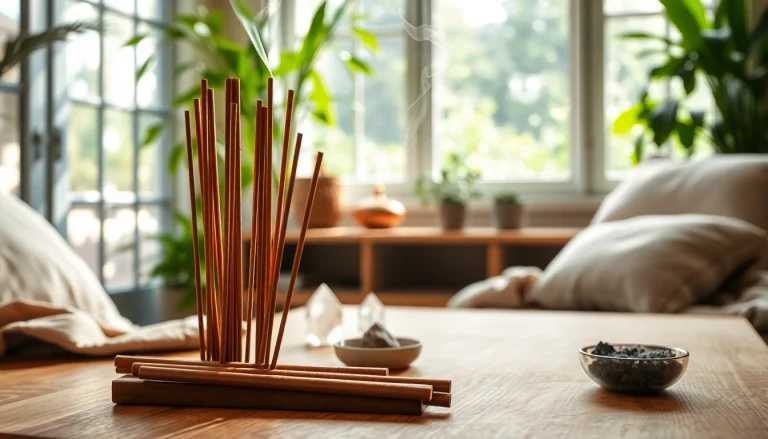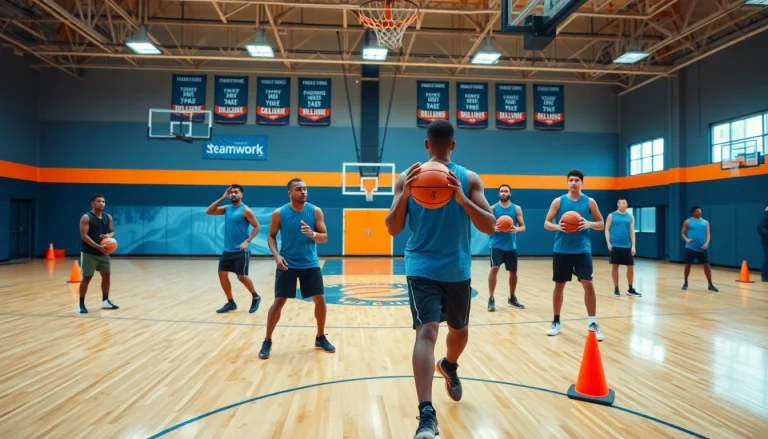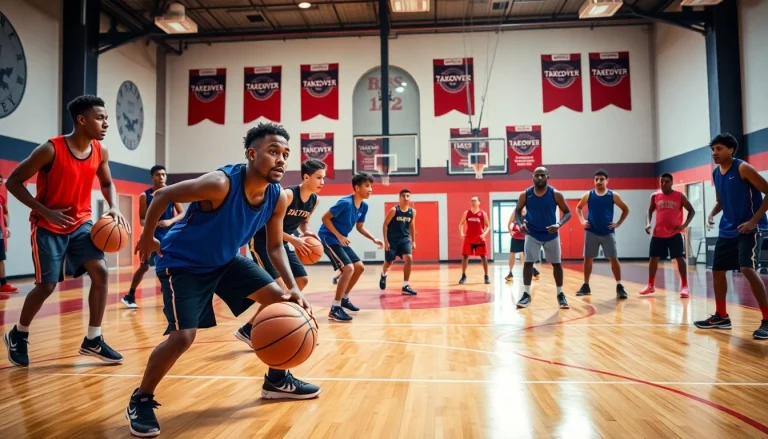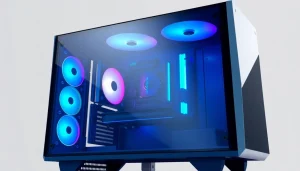Understanding Folding Partition Walls
Folding partition walls have revolutionized the way we think about space management in both residential and commercial environments. These versatile structures provide a method to adapt existing spaces in ways that are both efficient and aesthetically pleasing. With the ability to close off areas for privacy or open them for larger gatherings, folding partition walls are an excellent solution for maximizing usability in various settings. They allow for seamless transitions between different activities and are especially valuable in environments such as offices, schools, and homes. Whether a space needs to shift from a conference room to a workshop or a living room to an entertainment area, Folding Partition Wall systems are tailored to cater to those dynamic needs.
What is a Folding Partition Wall?
A folding partition wall is a movable partition often used in environments such as offices, schools, and homes to divide space for multipurpose uses. Unlike traditional fixed walls, these partitions can be deployed or retracted according to specific requirements. Typically, they consist of a series of panels that are hinged together, allowing for flexibility and ease of use. Some models also come equipped with acoustic properties, enhancing sound insulation and providing privacy. Their modular design permits customization in both appearance and functionality.
Types of Folding Partition Walls
Folding partition walls come in several varieties, each designed to meet distinct needs:
- Accordion Walls: These flexible walls fold neatly when opened and provide broad spans when closed, ideal for large spaces needing temporary segmentation.
- Operable Walls: Typically more robust than accordion walls, operable partitions are designed for frequent use, often equipped with advanced acoustical properties for enhanced sound control.
- Glass Folding Partitions: These provide a modern aesthetic while maximizing natural light, suitable for offices and trendy residential settings.
- Acoustic Folding Walls: Specifically designed with sound control in mind, these partitions help in maintaining a quieter atmosphere in shared spaces.
Key Features to Consider
When selecting a folding partition wall, there are several key features to consider:
- Material: Options include wood, metal, glass, or a combination thereof, with specific benefits related to durability and aesthetic appeal.
- Acoustic Properties: Assessing the sound-reduction capabilities is crucial, especially for offices, conference rooms, and educational institutions.
- Ease of Use: Look for systems that are user-friendly and require minimal maintenance for quick transitions and adjustments.
- Customization Options: Custom finishes, colors, and configurations can significantly enhance the visual integration of partitions in existing décor.
- Safety Features: Fire-resistance ratings and child-safe designs can be critical in certain environments.
Benefits of Using Folding Partition Walls
Space Optimization in Various Settings
One of the most significant advantages of folding partition walls is their ability to optimize space. In commercial settings, office layouts often require the flexibility to change configurations quickly. Folding partitions allow businesses to modify their environments based on seasonal demands, like adding temporary meeting spaces during peak project periods or managing collaborative work zones with ease. In homes, they create multifunctional areas that cater to diverse family needs, from children’s play zones to guest accommodations. Their modular nature enables spaces to transform based on daily activity needs without permanent alterations.
Enhanced Acoustic Control
Today’s workplaces and educational institutions prioritize collaboration while requiring quiet zones for focus and privacy. Folding partition walls equipped with advanced acoustic insulation properties can significantly enhance sound control, mitigating distractions. This is particularly beneficial in open-plan offices and auditoriums where noise levels can hinder productivity. By providing areas that can be closed off, these partitions enable conversations to occur without disrupting others.
Flexible Space Management for Events
Folding partition walls are indispensable for event spaces, providing the ability to quickly transform large areas into smaller, more intimate settings. Whether organizing a corporate seminar, a wedding reception, or a community gathering, these partitions facilitate dynamic event management. They enable organizers to create multiple spaces for breakout sessions or dining areas while maintaining the ability to expand back into a larger configuration as needed.
Installation Process of Folding Partition Walls
Choosing the Right Location
Installation begins with strategizing the best locations for the partitions. Considerations might include the intended use of the rooms, the need for privacy or sound insulation, and the ease of accessibility. Ideally, areas with existing infrastructure that supports the partition mechanics, such as ceiling tracks or sufficient wall structure for anchoring, should be prioritized.
Required Tools and Materials
Before initiating the installation process, gather necessary tools and materials. Typical requirements include:
- Drills and drill bits
- Screwdrivers
- Measuring tape
- Level
- Stud finder
- Safety goggles and gloves
Step-by-Step Installation Guide
1. Preparation: Begin by unpacking the folding partition and ensuring all components are present. Check the installation manual for any specific requirements or recommendations.
2. Mark the Installation Space: Use a measuring tape to determine where the partition will be positioned. Mark this space on the floor and ceiling to ensure alignment.
3. Install Ceiling Tracks: Use a drill to secure the ceiling tracks in place. Level the track to ensure the partition moves smoothly.
4. Attach Wall Brackets: If your system requires wall anchoring, install the corresponding wall brackets. Ensure these are secured tightly for safety and functionality.
5. Hang the Panels: Once the tracks and brackets are in place, carefully lift and secure the folding panels into the tracks according to the manufacturer’s instructions.
6. Test the Movement: With the panels in place, test the operating mechanism to ensure they open and close smoothly. Adjust any components as necessary for optimal functionality.
7. Finishing Touches: Apply any aesthetic coverings or handles as required. Ensure that all areas are clean and free from debris.
Folding Partition Wall Applications
Commercial Spaces: Offices and Meeting Rooms
Folding partition walls are common in commercial settings, particularly within offices. They allow for dynamic space reconfiguration to accommodate team needs, such as creating temporary conference rooms in an open layout. Businesses can host meetings during the day and convert the areas for collaborative projects or team bonding events in the evening. Moreover, integrating these partitions enhances the professionalism of spaces, providing areas conducive to concentration and teamwork.
Residential Uses: Home Offices and Play Areas
In the ever-evolving landscape of remote work, many homeowners are investing in flexible home office setups. Folding partition walls allow homeowners to create designated workspaces without committing to permanent constructions. This is especially beneficial in limited spaces, where rooms serve multiple purposes throughout the day. For example, a child’s play area can quickly become a cozy reading nook or a home office as needed, promoting an organized and functional living environment.
Educational Institutions: Classrooms and Auditoriums
Schools are increasingly adopting flexible classroom strategies, utilizing folding partition walls to transform a single room into multiple learning environments. During larger classes or assemblies, walls can be retracted to accommodate everyone. In contrast, when smaller group studies are needed, partitions can divide the space, allowing for independent learning without distractions. Such adaptability fosters an engaging education atmosphere, catering to varied teaching methods and student groups.
Maintenance and Care for Folding Partition Walls
Cleaning and Upkeep Tips
Maintaining folding partition walls is crucial for keeping them functioning optimally. Regular cleaning is necessary to remove dust, debris, and any stains. Use mild soap and water with a soft cloth to clean the surfaces, and avoid harsh chemicals that can damage the materials. Additionally, ensure tracks are free from obstructions, and lubricate them periodically according to manufacturer guidelines for smooth operation.
Common Issues and Solutions
Some common issues encountered with folding partition walls include:
- Sticking Panels: If panels do not move freely, check for accumulated dust in the tracks and ensure everything is aligned correctly.
- Misalignment: Regularly check the alignment of the panels and adjust brackets or install shims to correct any discrepancies.
- Louvers or Handles Damage: Inspect handles and fittings regularly and replace any damaged components promptly to maintain usability and safety.
When to Seek Professional Help
If problems persist after basic troubleshooting or if major repairs are needed, engaging a professional installer or technician can save time and prevent further complications. Regular inspections by experts are also advisable, especially for high-usage commercial applications, ensuring the longevity and reliability of your folding partition systems.
